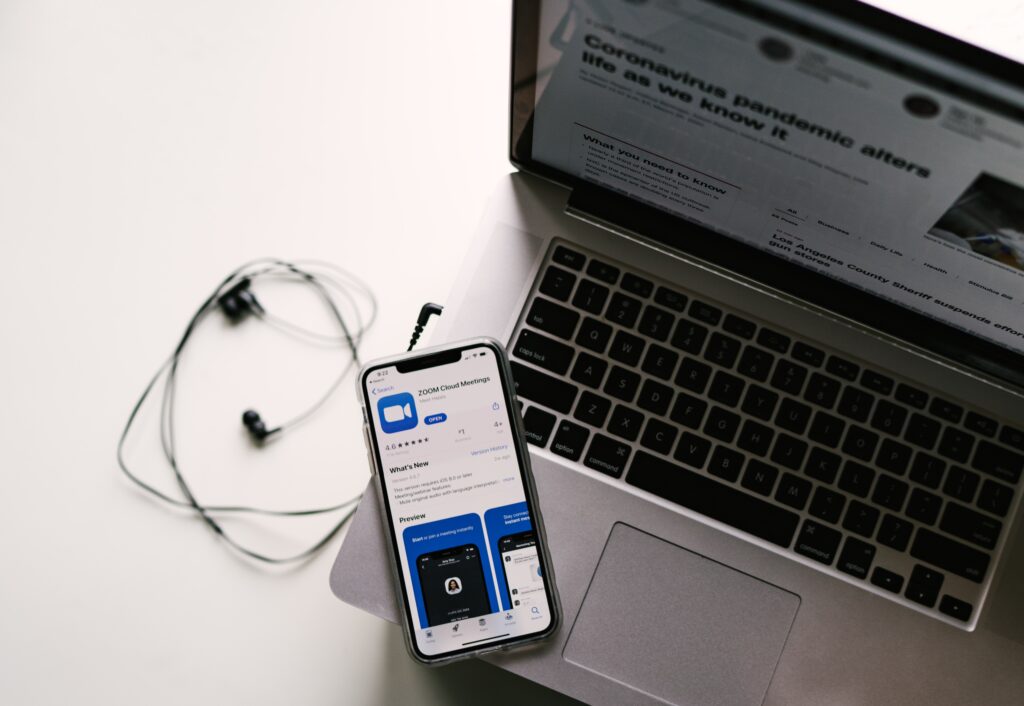With a world pandemic, millions of acres burning across the US and students experiencing Zoom fatigue, it is no surprise that there is such a focus on our physical health. However, these events have also affected our mental health.
With shelter-in-place orders keeping us within the barriers of our own homes and campus dorms, transitioning to online therapy has been an adjustment — both for clients and mental health workers. As calming as it has been to find soothing outlets for our well-being, for those who see therapists daily, people have been facing many unexpected changes — whether that is differing levels of privacy in virtual, therapy sessions, technological difficulties and lack of in-person interaction.

With all of the challenges we have faced since March 2020, taking care of our mental health is critical. Given that shelter-in-place orders played a role in how our therapy visits would be affected, this made many clients wonder: how would therapy sessions continue, without being able to physically meet with our therapists? When asked through a campus survey via Google Forms how Mills’ students and other college students felt about using teletherapy, their answers varied. Many expressed that although they preferred to see their therapists in person, they expressed gratitude for being able to access a therapeutic platform, rather than not having any option at all. One anonymous student said, “Teletherapy has overall been helpful for me throughout the [shelter in-place], but helpful in that it’s better than nothing.” For more accurate information, please see the survey here.
In a Mills College campus-wide survey, some of the questions asked were: how teletherapy has been helpful (or not) throughout shelter-in-place, their preference to meeting in person or online, and asking about the pros and cons of facing this new reality of telehealth.
When asked if the survey’s participants preferred meeting
When asked about the benefits of teletherapy, many students stated that they were happy to still be able to have the spirit of therapy and the access to being able to talk to someone rather than nothing. Many also stated how much easier it was to access therapy than before shelter-in-place; they now save money on transportation and gas as well as not risking COVID-19. When asked about the cons, many stated that having teletherapy sessions involved aspects of technological complications and small subtleties could be lost (body language and tones) that a therapist could normally detect in-person.

Teletherapy has provided clients with the ease and comfort of being able to continue seeking mental health services — especially living within the heightened environment the entire world has had to face. And while teletherapy isn’t everyone’s first choice (as many would prefer to see their therapist or counselor in-person), clients who may have difficulties meeting in-person due to social anxiety or paranoia are now able to use online services with a sense of comfort and an easier space to open up about their mental health. Furthermore, because of how vast and wide communicating platforms are in this generation, clients are also able to state their communication preferences.
“You may feel more comfortable on video chat than talking on the phone because you can look at your counselor’s face. You can talk to your therapist on the phone, through text messages, or video counseling. Depending on how you prefer to communicate, you can choose how your therapy sessions work,” said Sarah Fader of “Better Help”.
Other benefits of using teletherapy are the accessibility of counselors and mental health workers in our community. In addition, clients worldwide, or those who have plans to move to different locations but still want to continue a therapeutic relationship with their counselor, are now able to do so.
“Nevertheless, for some of you, perhaps this new method opens your mind to the option of telehealth in the future — for
Although teletherapy is not perfect for all patients in terms of social interaction or lack thereof, having teletherapy has still been a better option for participants rather than not having access to therapy at all. Clients are able to continue feeling a greater sense of ease to help de-stress any feelings of social anxiety, which is essentially why teletherapy works for those who have trouble talking to therapists or counselors in-person. Being able to access teletherapy not only lets clients continue their wellness journey but helps us improve long term goals for a better life.
